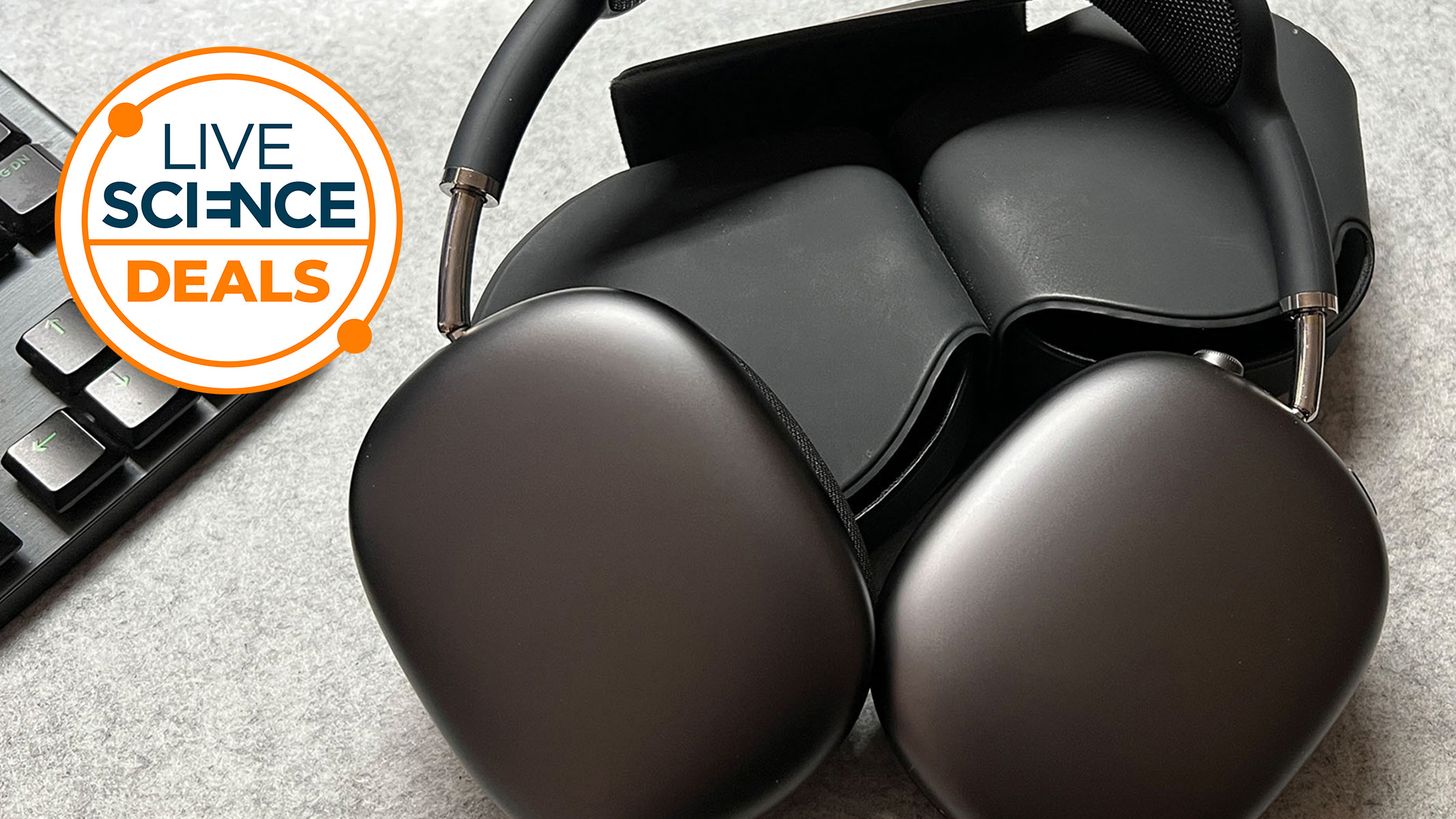Image gallery: Egypt's Valley of the Kings
Valley of the Kings

A view of the Valley of the Kings, the burial place of rulers from Egypt's New Kingdom period (ca. 1550-1070 B.C.), including Merenptah.
Foundation Deposits
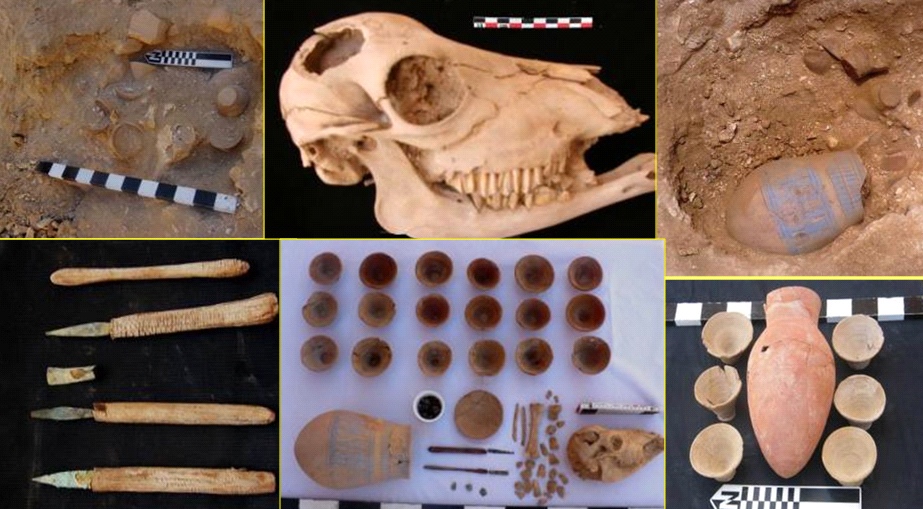
Four foundation deposits in a box like shape have been discovered inthe Valley of the Kings in Egypt. They may indicate the presence of anearby undiscovered tomb. The contents are pictured here. Top leftshows one of the deposits at discovery, top center shows a cow’s headand top right shows a deposit that yielded a blue painted vase. Bottomleft are flint blades with the wooden handles still intact and bottomcenter and right show ceramics and other artifacts.
Valley of the Kings Staircase
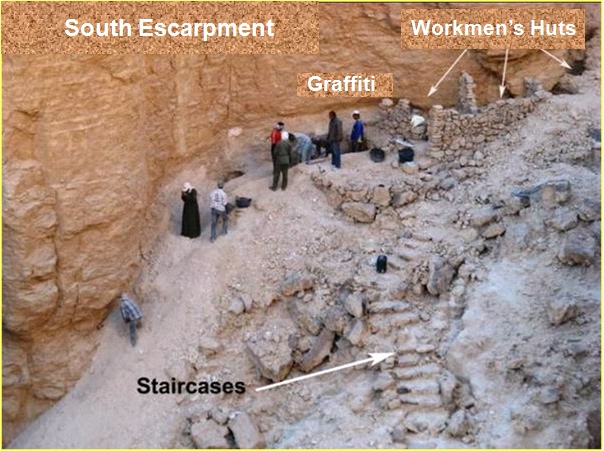
The four deposits are in a box like shape, something seen in otherfoundation deposits from the Valley of the Kings. There should,however, be a fifth deposit on the axis of the undiscovered tomb andthat deposit has yet to be found. At a later point in time, probablyafter the deposits were forgotten, huts were erected that housedancient workers. Ancient graffiti was also found on the cliff walls.
Valley of the Kings Deposits
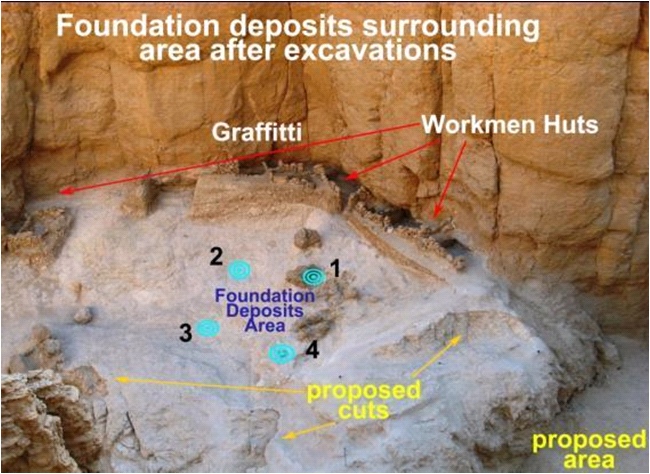
Archaeologists made a number of other finds in the western valley, theportion of the Valley of the Kings where the deposits were found.These staircases were found some distance to the south of the depositsand lead to ancient worker huts.
Room in a tomb

One of the rooms, before excavation, of the tomb KV 40, which contained several burials from the 18th dynasty and the Third Intermediate Period. The scattered remains within the tomb consist of fragments of wood, cartonnage, and mummy bandages and linen cloths.
Tomb KV 40
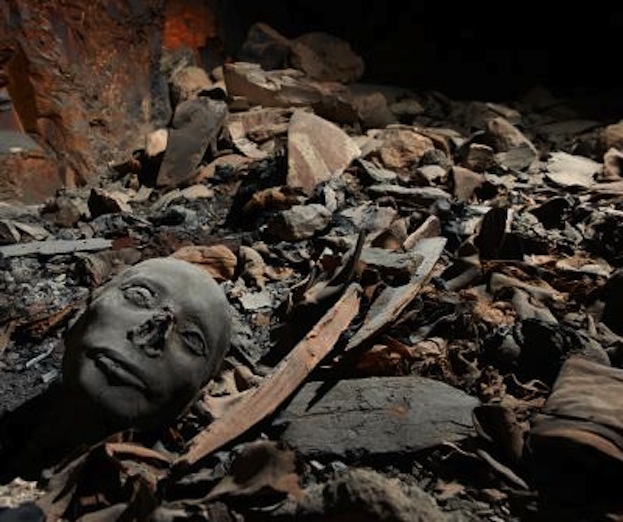
Tomb KV 40 at the Valley of the Kings was plundered several times and damaged by a fire. During recent excavations, archaeologists discovered mummified remains alongside fragments of coffins, cloth and pottery. Family members and children related to the pharaohs were likely buried here in the 14th century B.C.
Egyptian Sundial

A sundial dating to the 13th century B.C. and considered one of the oldest Egyptian sundials, was discovered in Egypt's Valley of the Kings, the burial place of rulers from Egypt's New Kingdom period (around 1550 B.C. to 1070 B.C.).
Get the world’s most fascinating discoveries delivered straight to your inbox.
Royal Mummy
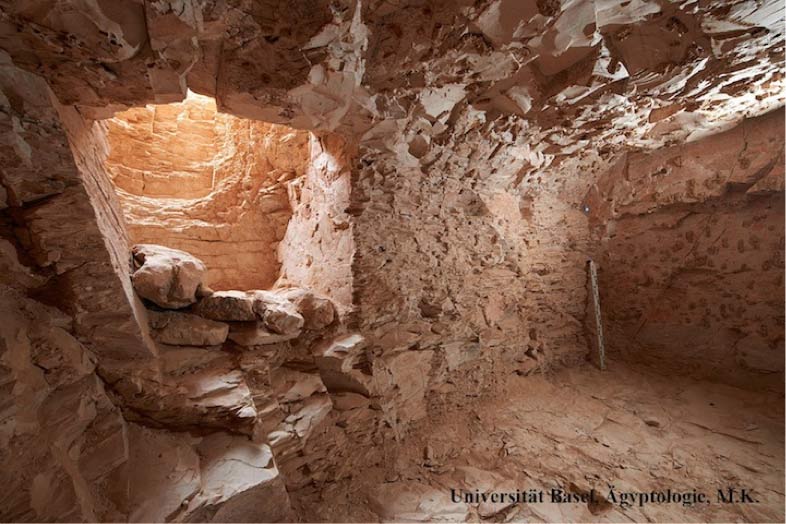
The burial chamber dubbed KV 64 contained two burials, one from the 18th dynasty and the other the 22nd dynasty. The more recent burial contained a wooden coffin with the mummy of a chantress of Amun called Nehmes-Bastet.
Iron door entrance

Another tomb at the Valley of the Kings, dubbed KV 33, was discovered during the team's 2012 season. The tomb had an iron door at its entrance and a wooden protection installed around the stairs.
Small jar
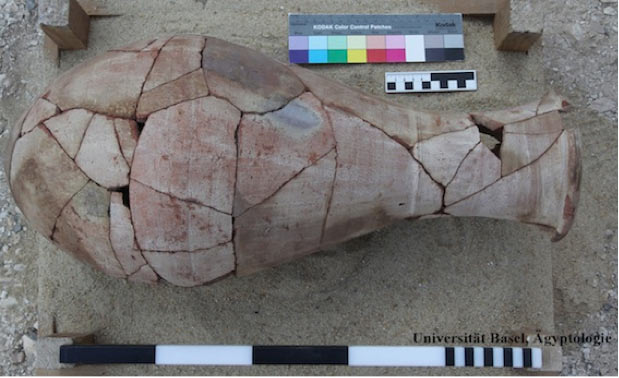
Inside the tomb KV 64, scientists found very little pottery, though what they did find included two larger dishes, both with red bands at the rim, a flower pot, a small beer jar, a small storage jar (shown here), and less complete, a bottle, a second beer jar and the bases of two very large storage jars.
18th Dynasty Head
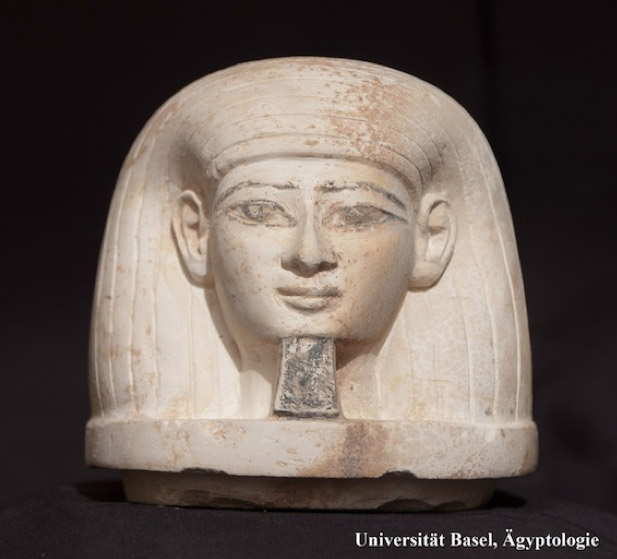
An anthropomorphic canopic head of the 18th dynasty found in 2012 in the KV 64 tomb where the mummy of Nehemes-Bastet was discovered.
 Live Science Plus
Live Science Plus






